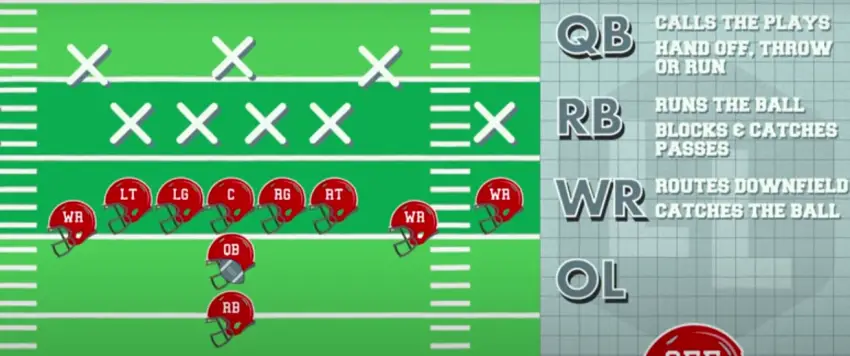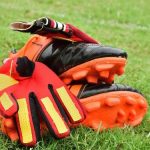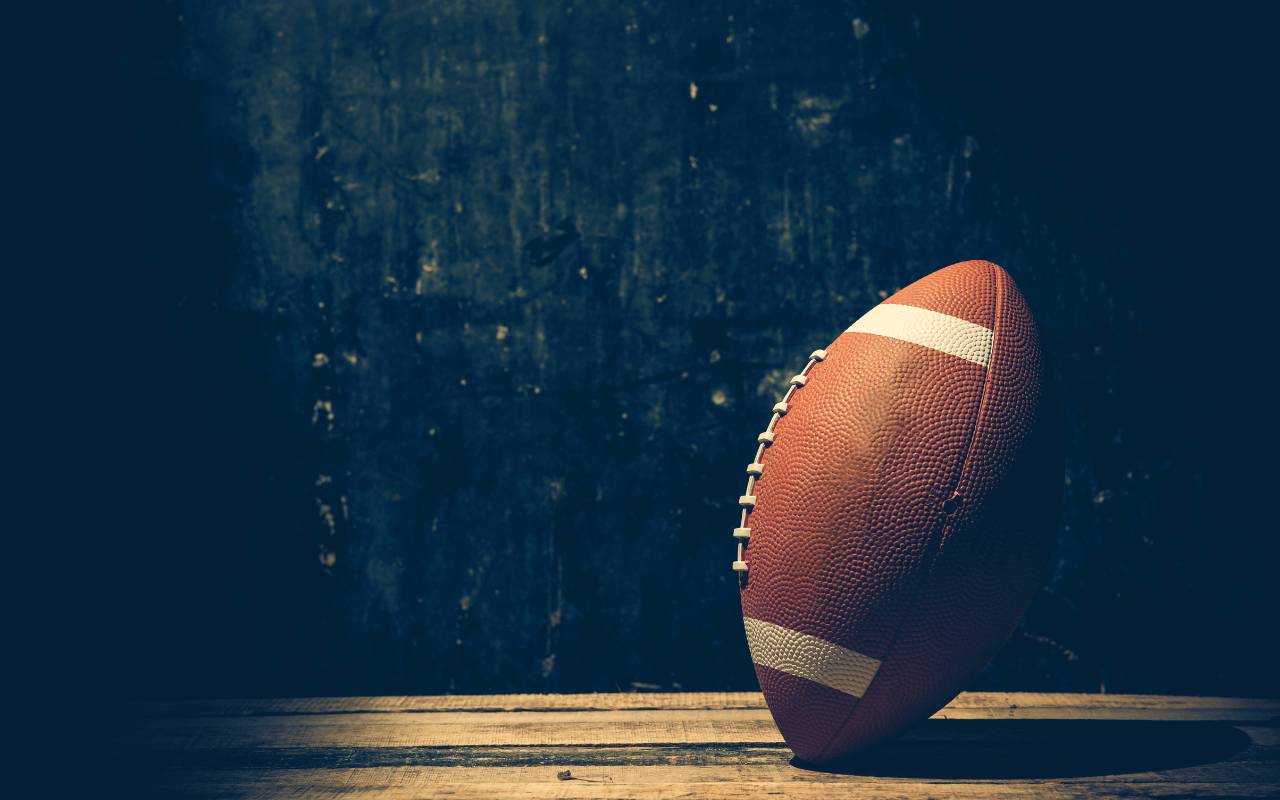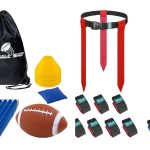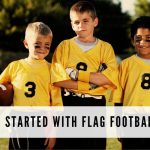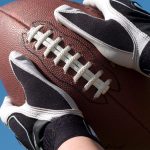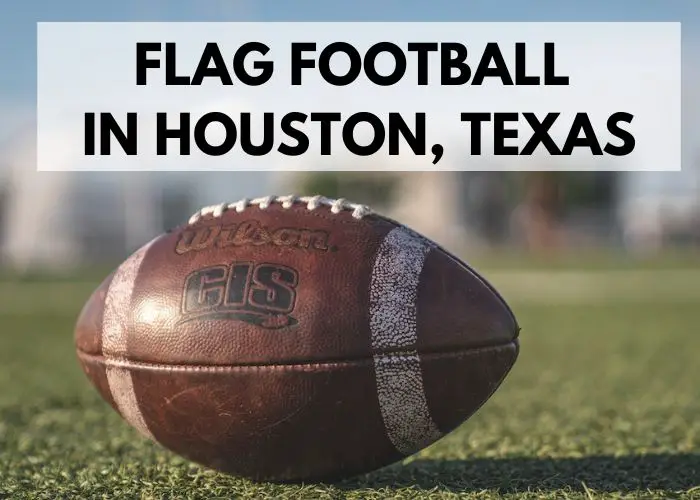Flag football is a team sport where each player has a specific role to play in order to ensure the success of the team. As a result, there are many different positions in flag football, each with its own set of responsibilities.
So, which position should you play?
The answer to this question depends on a few factors, such as physical abilities and personal preferences.
For example, if you’re a fast runner, you might want to play wide receiver. You might want to play quarterback if you’re good at throwing the ball. And if you’re good at cutting and changing direction quickly, you might want to play defensive back end.
In this article, we will discuss different positions in flag football and the responsibilities of each position. By the end you should have a good idea of which position is right for you.
As flag football varies in the number of players on each team, so the positions also vary. For example, 5-on-5 and 7-on-7 formats are common, but one could also play 6-on-6, 8-on-8, or 9-on-9.
Basic Overview Of Positions In Flag Football
As mentioned above, flag football can be played in multiple ways, the most common being 5-on-5 and 7-on-7. So let’s first discuss the positions for these two common formats.
5-on-5 Flag Football Positions
In 5-on-5 flag football, each team simultaneously has five players on the field.
Offense Positions:
Quarterback (1):
The quarterback is the leader of the offense. They are responsible for receiving the snap from the center, then deciding to hand the ball off to a running back, throw it to a receiver, or run it themselves.
Center (1-2):
The center is responsible for snapping the ball to the quarterback on each play.
Running Back (1-2):
Running backs are responsible for carrying the ball on running plays. They may also be used as a receiver on pass plays.
Wide Receiver (1-2):
Receivers are responsible for running routes and catching passes from the quarterback.
Offensive Lineman (1-2):
Offensive linemen are responsible for blocking defenders to give their quarterback time to throw the ball and open up holes for their running backs.
Defense Positions:
Defensive Lineman (1-2):
Defensive linemen are responsible for stopping the run and putting pressure on the quarterback.
Linebacker (1-2):
Linebackers are key to stopping the run and guarding receivers.
Safety (1-2):
Safeties are responsible for stopping the run, covering receivers, and making interceptions.
Defensive Back (1-2):
Defensive backs are responsible for covering receivers and stopping the pass.
7-on-7 Flag Football Positions
In 7-on-7 flag football, each team has seven players on the field at a time. It utilizes mostly the same positions as 5-on-5 flag football, with a few additional positions.
Offense Positions:
In addition to the positions discussed in 5-on-5, the two extra players can be one extra wide receiver and/or one tight end.
Tight End (1):
A tight end is a receiver who lines up close to the offensive linemen. They are often used as extra blockers on running plays or as short passes targets.
Defense Positions:
In 7-on-7 flag football, two additional defensive positions can be used as additional linebackers and rushers
Rusher (1-2):
A rusher is a defensive player who specializes in rushing the quarterback. They are often used in passing plays to put pressure on the quarterback.
Roles, Responsibilities & Skills Of Each Position
Now that we have gone over the basic overview of flag football positions, let’s discuss each position’s roles and responsibilities in more detail.
Read about how many players are on the field at a given time.
Flag Football Offensive Positions
Quarterback (QB)
The quarterback is the pack’s alpha male and the team leader. They are responsible for calling plays or receiving direction from the coach, then communicating it to the rest of his teammates. On the field, they make decisions, initiate plays, and handle the center snap. An important skill for a QB is being able to throw powerfully and accurately.
As a quarterback, you also need to be able to read the defense. This means that you should be able to understand how the other team is lining up and what they are trying to do. This will help you better decide which plays to run and how to attack the defense.
Finally, quarterbacks need to have good passing fundamentals. This includes things like a proper wind-up, release, and accuracy. A strong arm is also helpful, as it will allow you to make throws that other quarterbacks can’t.
Here are drills quarterbacks can try to improve their skills.
Center (C)
The center is the player who snaps the ball to the quarterback. He is responsible for ensuring that the ball is properly delivered to the QB and for protecting the field general from oncoming defenders.
In order to do this, centers need to be strong and quick. They also need to have the good technique to effectively block defenders.
Proper coordination is another important skill for centers. This is because they have to be able to snap the ball while also blocking defenders. If they can’t coordinate their movements, then it will be difficult for them to do their job properly.
Running Back (RB)
The running back is responsible for carrying the ball on running plays. Therefore, they need to be able to run quickly with the ball, as well as a block for the quarterback.
Running backs need to be quick and elusive so that they can make defenders miss. They also need to have good vision so that they can find holes in the defense and exploit them.
Finally, running backs need to be able to catch the ball out of the backfield. This is important because it gives the quarterback another option to pass to when they are under pressure.
Wide Receiver (WR)
The wide receiver’s primary responsibility is to catch passes from the quarterback. They need to be able to run routes, as well as get open, so that they can be an effective target for the QB.
Wide receivers need to have good hands to catch the ball. They also need to be quick and agile so that they can get open against defenders. Finally, wide receivers need to have good body control so that they can make catches in traffic.
Tight End (TE)
The tight end is a hybrid position cross between a wide receiver and a lineman. They are responsible for blocking and catching passes from the quarterback.
Tight ends need to be strong, quick, and agile so that they can block or get open against defenders. They also need to have good hands in order to catch the ball.
Flag Football Defensive Positions
Defensive Lineman (DL)
The defensive lineman’s primary responsibility is to stop the other team’s running game. Therefore, they need to be able to shed blocks, as well as make tackles in the backfield and close to the line of scrimmage.
Defensive linemen need to be strong to hold their ground against blockers. They also need to be quick and agile so that they can get past blockers and make tackles. Finally, defensive linemen need to have good hand-eye coordination so that they can bat down passes at the line of scrimmage.
Linebacker (LB)
The linebacker’s primary responsibility is to stop the other team’s running game. They also need to be able to drop back in coverage and defend against the pass.
Linebackers need to be quick and agile so that they can make tackles near the line of scrimmage. They also need to be strong so that they can take on blockers. Finally, linebackers must have good vision to see the entire field and make plays.
Defensive Back (DB)
The defensive back’s primary responsibility is to defend against the pass. In addition, they need to be able to cover receivers, as well as make tackles in the backfield.
Defensive backs, also known as cornerbacks and nickel backs, need to be quick and agile so that they can stay with receivers. They also need to have good hands so that they can intercept passes. Finally, defensive backs need to be able to cut hard and fast so that they can make tackles in the backfield.
Rusher
The rusher’s primary responsibility is to get to the quarterback and sack them. Therefore, the rusher needs to be quick and agile to get past blockers.
Rushers also need to be strong so that they can take on blockers. Finally, rushers need to have good hand-eye coordination to swipe down passes at the line of scrimmage.
Safety
The safety’s primary responsibility is to defend against the pass. They need to be able to cover receivers, as well as make tackles in the secondary.
To be a good safety, you need to be agile to keep up with receivers, have good hands to intercept passes, and be nimble enough so that you can take down running back and receivers.
What Flag Football Position Should I Play?
There are many different positions in flag football, each with its own set of responsibilities. The best position for you to play will depend on your skills and abilities.
- If you are a quick and agile player, then you may be best suited for a position such as a wide receiver or defensive back.
- If you are a strong and powerful player, then you may be best suited for a position such as defensive lineman or linebacker.
- Finally, if you have good hand-eye coordination and are an overall good athlete, then you may be best suited for the quarterback position.
The most important thing to understand in the flag football game is that there are limited players on each side of the ball, so everybody needs to contribute for the team to be successful.
Talk to your coach about what position you may be best suited for, and then give it your all on the field!
Find Your Best Position
The best way to find your best position is to try out for the team and see where you fit in best. Each position has its own set of responsibilities, so it’s important to understand what each one entails. Once you know what each position does, you can then decide which one is the best fit for you.
As a flag football player, you must be adaptive. The game is constantly changing, and you need to be able to change with it. If you are not adaptable, then you will not be successful.
So, keep an open mind and be willing to try new things. You never know, you may just find your new favorite position!
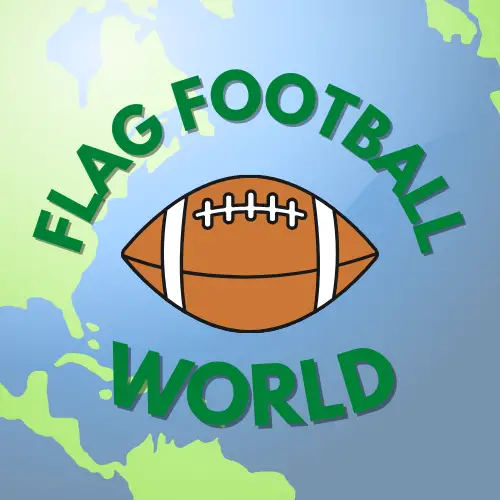
Vance J has played flag football since he was a boy. Since then, he has become a coach and a huge advocate for growing the sport. He loves to write and talk about flag football!

